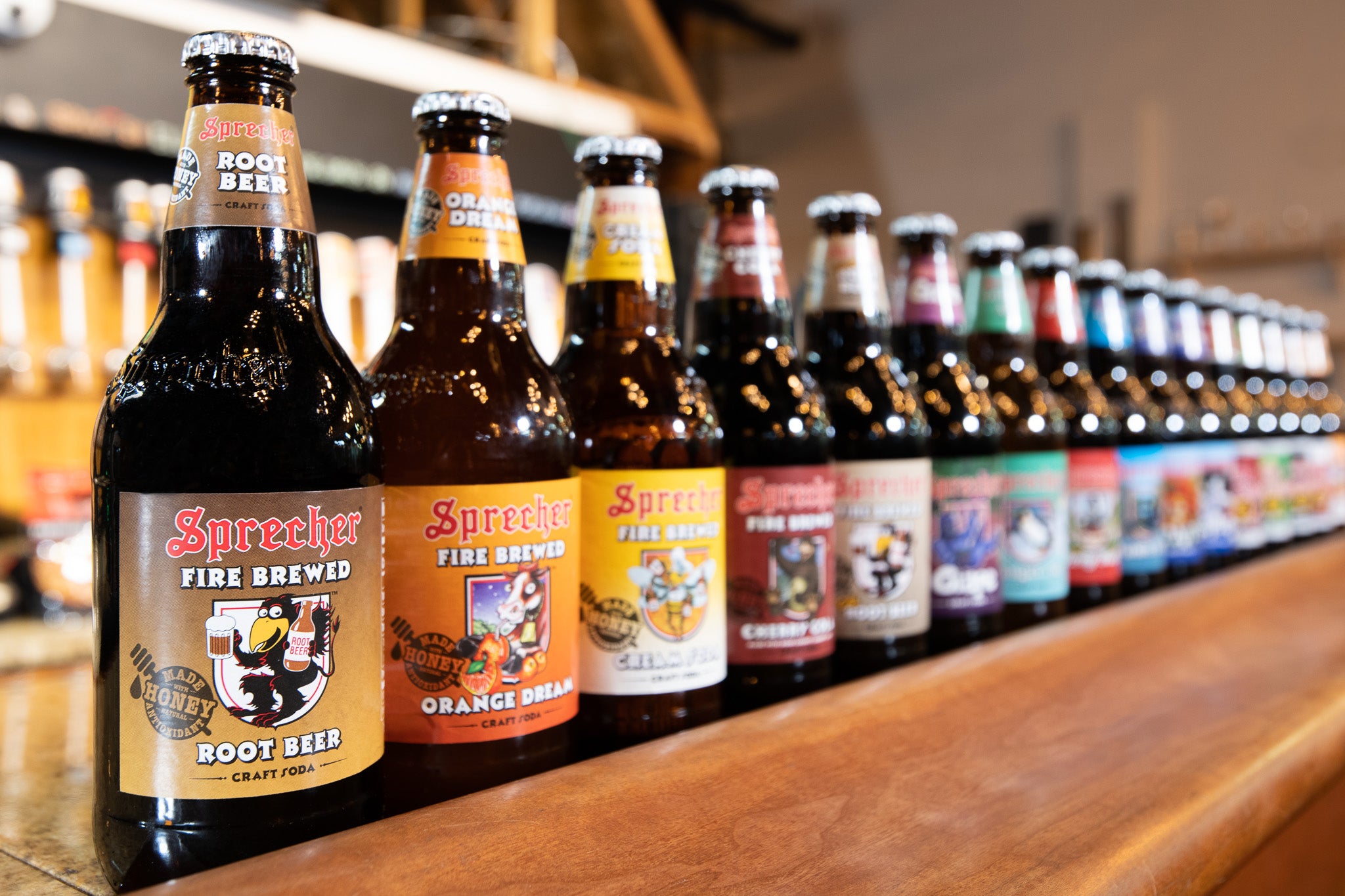Seawall Bar: Top-Rated Beach Front Night Clubs in Galveston
Seawall Bar: Top-Rated Beach Front Night Clubs in Galveston
Blog Article
Mastering the Craft of Distillation: a Deep Study Distillery Traditions
Discovering the detailed art of purification reveals a world steeped in classic practices that have actually formed the spirits we appreciate today. From the old beginnings of purification strategies to the modern-day development of distillery devices, each action in the procedure lugs with it an abundant tapestry of history and experience. As we explore the fragile balance of typical versus contemporary distilling practices and reveal the importance of vital active ingredients, a much deeper understanding emerges of the profound impact distillery practices have on the spirits we appreciate.
Origins of Purification Techniques
The advancement of purification methods has an abundant background that traces back to old people. The principle of dividing parts based on their various boiling factors laid the structure for the advanced distillation processes we have today.
The earliest proof of distillation dates back to around 3000 BC in Mesopotamia, where clay pots were used to distill perfumes and fragrant oils. The Egyptians better progressed these methods, using distillation for embalming techniques and medical functions. The Greeks, significantly figures like Aristotle and Hippocrates, contributed to the academic understanding of purification.
In time, distillation infect areas like India, China, and the Center East, each culture adding its one-of-a-kind touch to the craft. The advancement of purification techniques continued via the Center Ages and the Renaissance, ultimately causing the diverse range of distillation processes utilized in modern distilleries worldwide.
Evolution of Distillery Equipment

With advancements in technology and a deeper understanding of the purification procedure, modern-day distilleries currently utilize a variety of advanced equipment to create spirits of the best quality. Today, purification tools includes column stills, reflux stills, and crossbreed stills, each developed to deal with details purification demands. These modern-day stills offer far better temperature guideline, enhanced distillation precision, and greater effectiveness in separating alcohol from pollutants.
Along with stills, distilleries currently make use of sophisticated condensers, fermenters, and purification systems to additional fine-tune the distillate. The development of distillery devices proceeds to play an important duty fit the diverse series of spirits available in the marketplace today.
Standard Vs. Modern Distilling Practices
Conversely, contemporary distilling techniques utilize cutting-edge modern technology and innovation to simplify manufacturing processes and enhance consistency. Automated systems, computerized controls, and modern devices make it possible for modern-day distilleries to produce spirits more effectively and with greater accuracy.
While conventional distilling techniques are treasured for their heritage and the one-of-a-kind flavors they generate, modern-day approaches use advantages in terms of scalability, quality assurance, and sustainability. By incorporating clinical developments and modern engineering, distillers can enhance manufacturing, reduce waste, and meet the needs these days's market a lot more efficiently. Inevitably, the choice in between traditional and modern-day distilling practices commonly depends on the distillery's objectives, worths, and target audience.
Trick Components in Purification Refine
Within the craft of purification, the selection of vital ingredients plays an important duty in identifying the flavor account and top quality of the spirits produced. The main active ingredients used in the purification process are typically water, yeast, and a fermentable source such as grains, fruits, or sugarcane.
Water is an essential component as it not just waters down the alcohol web content to a palatable degree however likewise influences the overall mouthfeel and structure of the spirit. The quality and this contact form mineral material of the water used can substantially influence the final item.
Yeast is one more vital active ingredient that transforms the sugars existing in the fermentable resource right into alcohol through the process of fermentation. Different pressures of yeast can create varying fragrances and flavors, adding to the distinct attributes of the spirit.

Influence of Distillery Traditions on Spirits
The influence of historical distillery customs on spirits expands beyond the selection of essential components, forming the extremely significance and character of the final distilled items (Galveston Whiskey). These practices, gave through generations, play an essential role in defining the unique preference accounts and top qualities that differentiate one spirit from an additional
Distillery customs incorporate a vast array of methods, from the details techniques made use of in purification to the choice old processes employed. For example, the use of typical copper pot stills in bourbon production is believed to pass on specific tastes and features that are very valued by aficionados. The aging of spirits in oak barrels, a method deeply rooted in distilling practices, adds to the development of complicated fragrances and tastes over time.

Final Thought
From the origins of distillation techniques to the modern practices, the impact of distillery practices on spirits is indisputable. Distillery traditions play a vital duty in forming the spirits market and preserving the heritage of distillation techniques.
Throughout the background of distillation, the tools utilized in distilleries has actually undertaken significant advancement to boost performance and top quality of the purification process.With innovations in he said innovation and a much deeper understanding of the purification procedure, modern distilleries currently utilize a variety of innovative tools to create spirits of the greatest look what i found top quality. Today, distillation equipment includes column stills, reflux stills, and crossbreed stills, each created to provide to certain distillation needs. From the beginnings of distillation methods to the modern techniques, the effect of distillery customs on spirits is indisputable. Distillery traditions play an essential role in shaping the spirits market and preserving the heritage of distillation practices.
Report this page